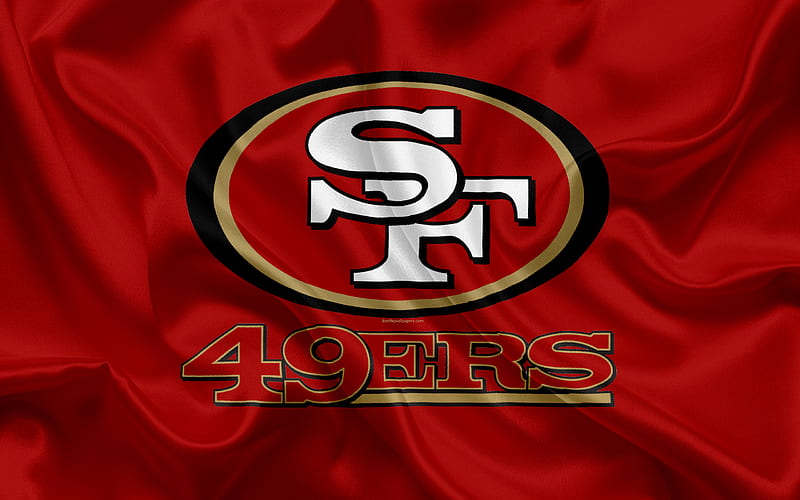
San Francisco 49ers
As the decade wore on, the San Francisco 49ers continued to improve, ultimately reaching the NFL Championship game in 1970. Although they did not capture the title, the experience paved the way for a golden era that would soon follow https://33win.adult/
The Glory Years: Dominance of the 1980s and 1990s
The 1980s marked the start of an unprecedented era of success for the San Francisco 49ers, an epoch defined by extraordinary talent, innovative coaching, and impressive teamwork. This period birthed some of the greatest players in NFL history and solidified the franchise’s legacy.
Bill Walsh and the West Coast Offense
Bill Walsh took over as head coach of the San Francisco 49ers in 1979, bringing with him a revolutionary offensive scheme known as the West Coast Offense. This strategy emphasized short, quick passes, allowing quarterbacks to engage in precise ball distribution while capitalizing on the athleticism of the receivers.
Walsh’s approach transformed the team’s offensive identity and set a new standard across the league. Key players such as Joe Montana, Jerry Rice, and Roger Craig flourished under Walsh’s tutelage, showcasing their skills and establishing records that would stand the test of time.
Montana, in particular, exemplified the effectiveness of the West Coast Offense. His ability to read defenses and execute plays with pinpoint accuracy led the team to four Super Bowl victories throughout the 1980s. The synergy between Walsh and Montana became the stuff of legends, encapsulating what it meant to be a San Francisco 49er.
Legendary Players and Milestones
The San Francisco 49ers of the 1980s and 90s were blessed with a plethora of Hall of Fame talents. Jerry Rice, often regarded as the greatest wide receiver of all time, joined the team in 1985 and immediately made his mark. He shattered receiving records throughout his career, becoming the ultimate playmaker on the field.
Alongside Rice, players like Steve Young and Ronnie Lott contributed significantly to the team’s success. Young, who replaced Montana as the starting quarterback, added a dual-threat dimension with his running ability. Lott’s hard-hitting safety play epitomized the physicality and intensity that defined the 49ers’ defense during this era.
The pinnacle of this success came with five Super Bowl championships in the span of just a decade. Each victory further etched the names of key contributors into the annals of NFL history, cementing the San Francisco 49ers as a dynasty of the sport.
Impact on the Franchise and Community
The triumphs of the San Francisco 49ers extended beyond the football field. The team became a source of pride for the Bay Area, uniting fans from diverse backgrounds through their shared love of the game. The 49ers’ success in the 80s and 90s sparked a cultural renaissance surrounding football, inspiring young athletes and creating a generation of devoted fans.
Additionally, the impact of the franchise reached beyond the realm of sport. The team engaged in numerous community initiatives, promoting youth programs, education, and social welfare. The combination of on-field success and community engagement helped solidify the 49ers’ status as a beloved institution in San Francisco.
Challenges and Resilience: The Post-Dynasty Era
Following the glory years of the 1980s and 1990s, the San Francisco 49ers faced a series of ups and downs, marked by both struggles and moments of resurgence. Adjustments in coaching, player personnel, and competitive dynamics within the league posed challenges for the team.
Transitioning Coaches and Philosophies
After the retirement of legendary coach Bill Walsh, the San Francisco 49ers experienced a series of coaching changes that impacted the team’s stability. While coaches like George Seifert and Steve Mariucci enjoyed some success, they struggled to replicate the consistency and dominance that Walsh had fostered.
Seifert, who succeeded Walsh, guided the team to two Super Bowl titles but could not maintain the same level of success as the franchise faced intensified competition. Mariucci brought renewed energy but faced challenges in finding a consistent quarterback to lead the team effectively.
The lack of a unified philosophy led to a turbulent period, culminating in missed Super Bowl opportunities and disappointing seasons. Despite these setbacks, the San Francisco 49ers exhibited resilience, continually striving to adapt and improve.
Rebuilding Phase and New Talent
As the team entered the 2000s, the San Francisco 49ers began a rebuilding phase aimed at reestablishing their competitive edge. This process involved drafting promising young talent and seeking innovative coaching strategies to reinvigorate the team.
Players like Frank Gore, Patrick Willis, and Vernon Davis emerged as cornerstones of the franchise, showcasing tremendous potential and skill. Underhead coach Mike Nolan and later Jim Harbaugh, the team underwent a cultural transformation that focused on discipline, commitment, and a winning mentality.
The acquisition of Harbaugh marked a turning point, as he instilled a sense of confidence and accountability within the team. The San Francisco 49ers rapidly returned to the playoffs, capturing the NFC Championship in 2012 and coming painfully close to another Super Bowl victory. This resurgence reignited the passion of the fanbase and highlighted the tenacity of the franchise.


